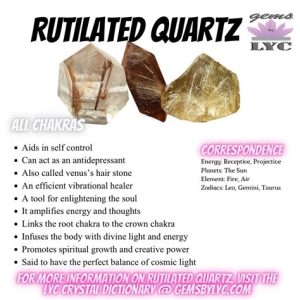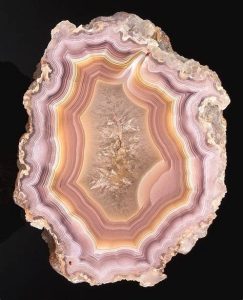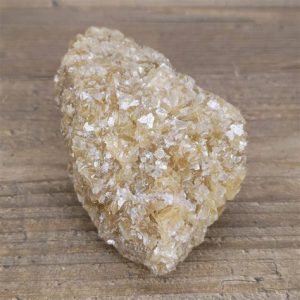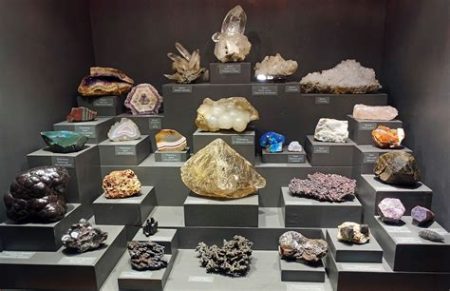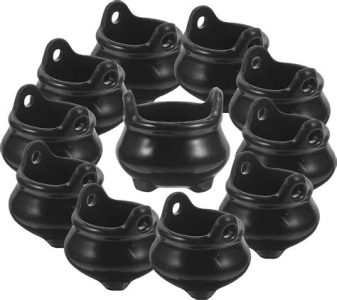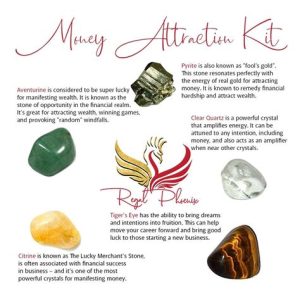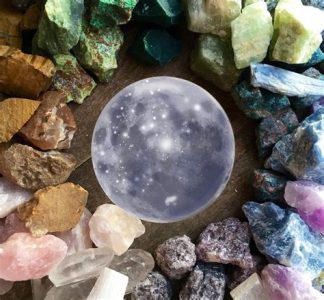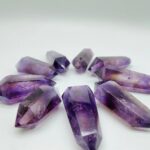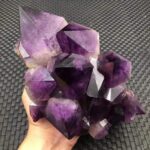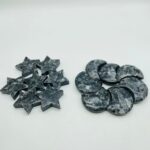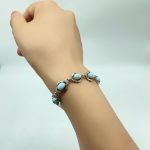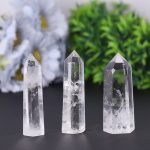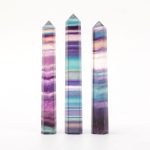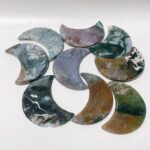Natural citrine, an enchanting variety of quartz, captivates with its vibrant yellow hue and alluring brilliance. This captivating gemstone has long been prized for its beauty, energy, and therapeutic properties.

History and Origin of Natural Citrine
Citrine has a rich history dating back thousands of years. Its name derives from the French word “citron,” meaning lemon, referring to its characteristic yellow color. In ancient times, citrine was believed to possess magical powers and was worn as an amulet to ward off evil spirits and bring good fortune.
Today, natural citrine is primarily found in Brazil, Madagascar, and Russia. These regions have vast deposits of high-quality citrine, which is meticulously extracted and processed to reveal its radiant beauty.
Physical Properties of Natural Citrine
Natural citrine is characterized by its:
- Color: Vibrant yellow, ranging from pale lemon to deep golden amber
- Crystal Structure: Hexagonal, forming six-sided crystals or clusters
- Hardness: 7 on the Mohs scale, making it a relatively durable gemstone
- Transparency: Typically transparent to translucent
- Specific Gravity: 2.65 grams per cubic centimeter
Chemical Composition of Natural Citrine
Natural citrine is composed primarily of silicon dioxide (SiO2), with trace amounts of iron and aluminum impurities. These impurities contribute to the gemstone’s characteristic yellow coloration.
Formation of Natural Citrine
Citrine is formed through a process of natural heat treatment. Over millions of years, amethyst, a purple variety of quartz, is exposed to temperatures ranging from 200 to 500 degrees Celsius. This heat causes the amethyst’s iron impurities to oxidize and transform into the yellow hues of citrine.
Applications of Natural Citrine
Natural citrine is a versatile gemstone with numerous applications, including:
- Jewelry: Citrine is commonly used in earrings, pendants, necklaces, and rings. Its bright color and durability make it a popular choice for everyday wear.
- Healing Crystals: Citrine is believed to possess healing properties, including promoting happiness, joy, and creativity. It is often used in crystal healing and meditation practices.
- Decorative Objects: Citrine clusters and larger specimens are prized for their aesthetic appeal and are often used in home décor and interior design.
- Industrial Uses: Natural citrine is occasionally used as an abrasive in precision cutting and polishing applications.
Potential New Applications
The unique properties of natural citrine have sparked interest in potential new applications, such as:
- Photovoltaics: Citrine’s yellow coloration suggests it may have potential as a photovoltaic material, converting sunlight into electricity.
- Luminescent Materials: The ability of citrine to glow under ultraviolet light could lead to its use in advanced lighting technologies and bioluminescent applications.
- Biosensors: Citrine’s sensitivity to certain chemicals could potentially be harnessed in the development of biosensors for medical diagnostics and environmental monitoring.
Tables of Interest
| Characteristic | Value |
|---|---|
| Color | Vibrant yellow |
| Crystal Structure | Hexagonal |
| Hardness (Mohs) | 7 |
| Transparency | Transparent to translucent |
| Origin | Notable Producers |
|---|---|
| Brazil | Minas Gerais |
| Madagascar | Antsirabe |
| Russia | Ural Mountains |
| Historical Significance | Notable Uses |
|---|---|
| Ancient civilizations | Amulets and talismans |
| Victorian era | Jewelry and decorative objects |
| Modern times | Healing crystals and energy work |
| Comparative Properties | Natural Citrine vs. Synthetic Citrine |
|---|---|
| Color | More saturated in natural citrine |
| Inclusions | Fewer inclusions in natural citrine |
| Value | Higher value for natural citrine |
Tips and Tricks
- Identify Natural Citrine: Look for deeper yellow hues, fewer inclusions, and a higher refractive index than synthetic citrine.
- Care for Your Citrine: Clean your citrine jewelry regularly with a mild detergent and avoid exposing it to harsh chemicals or prolonged sunlight.
- Enhance the Energy of Citrine: Citrine is believed to amplify energy and joy when combined with other stones such as amethyst, clear quartz, or topaz.
- Use Citrine in Meditation: Hold a citrine crystal during meditation to promote positive energy, clear the mind, and manifest abundance.
- Explore Citrine’s Applications: Consider using citrine in jewelry, healing crystals, home décor, or other creative applications to harness its unique properties.
Common Mistakes to Avoid
- Confusing Natural Citrine with Synthetic Citrine: Be aware that most citrine on the market is heat-treated amethyst, not natural citrine.
- Overexposure to Sunlight: Prolonged exposure to intense sunlight can damage citrine’s color and cause it to fade.
- Using Harsh Chemicals: Avoid cleaning citrine with harsh chemicals, such as bleach or ammonia, as they can damage the gemstone’s surface.
- Excessively Heating Citrine: Do not expose citrine to temperatures above 500 degrees Celsius, as this can permanently alter its color and structure.
Conclusion
Natural citrine is a breathtaking gemstone that captivates with its vibrant yellow hue and radiant energy. Its unique properties and multifaceted applications make it a valuable choice for jewelry, healing crystals, and various creative endeavors. By understanding the characteristics, history, and potential uses of natural citrine, you can appreciate its beauty and harness its exceptional powers.

